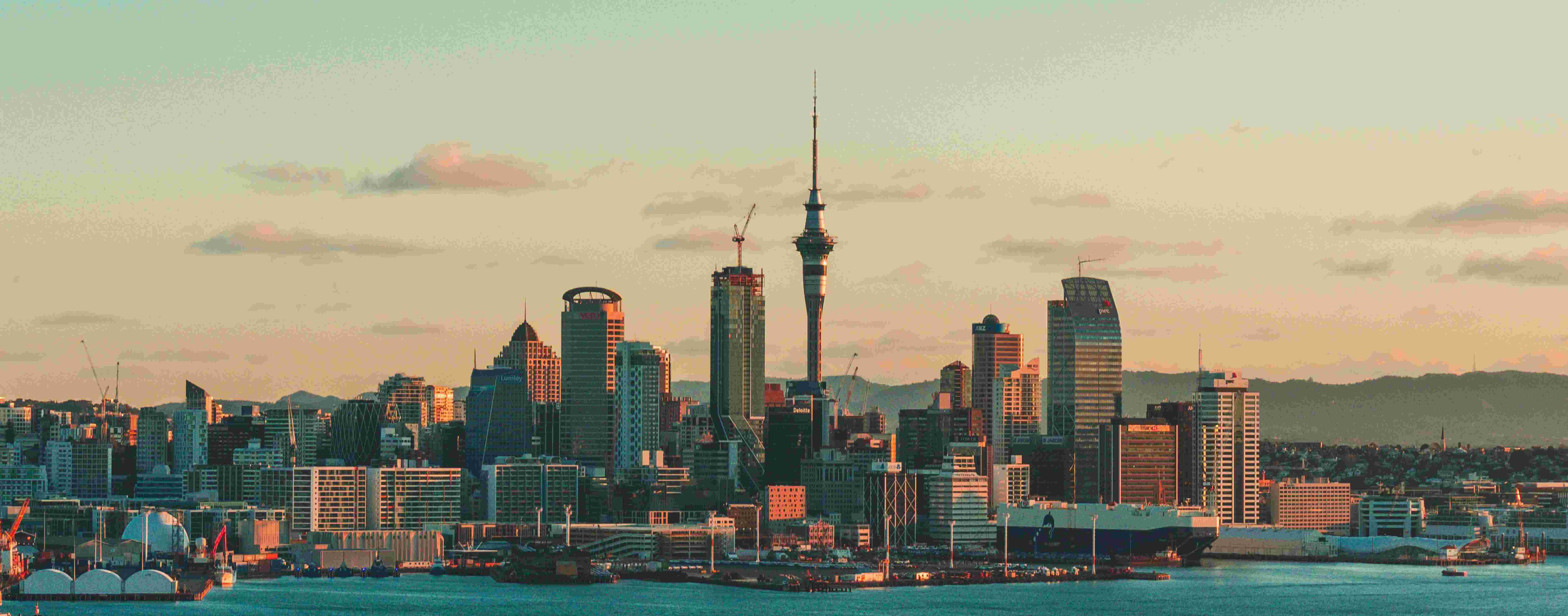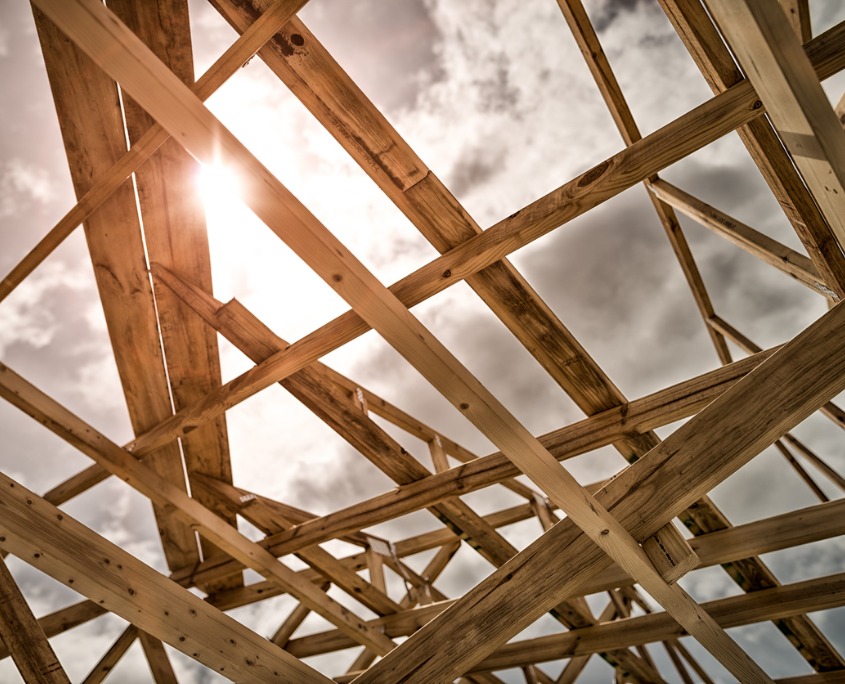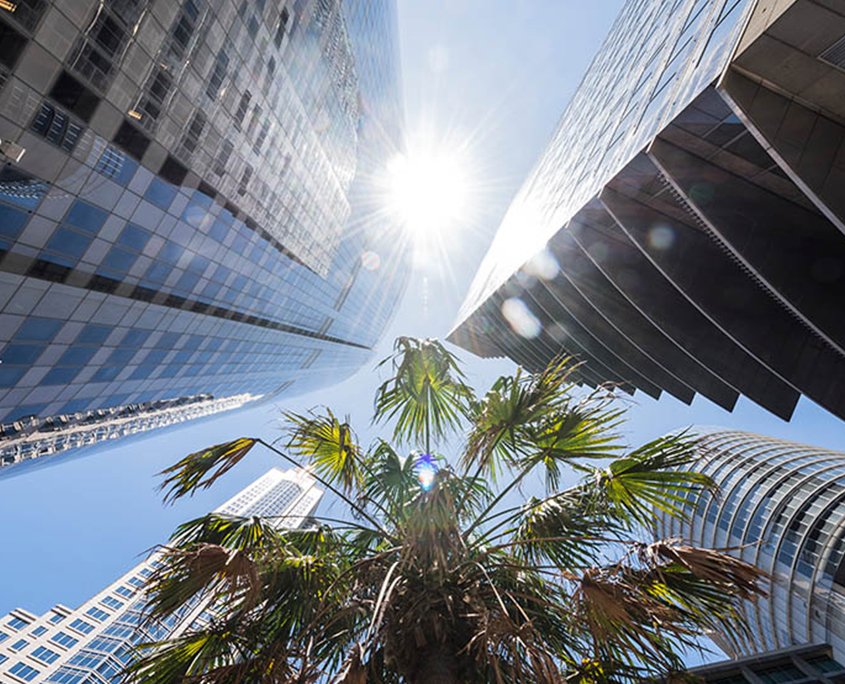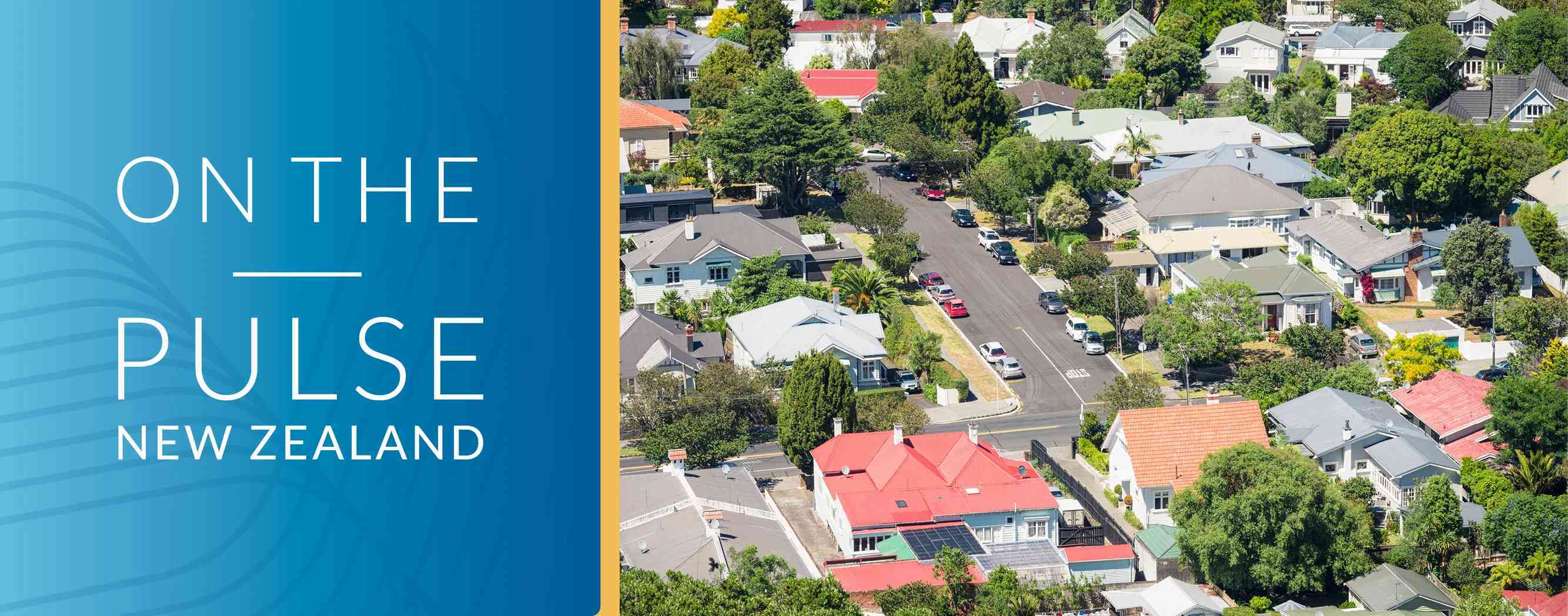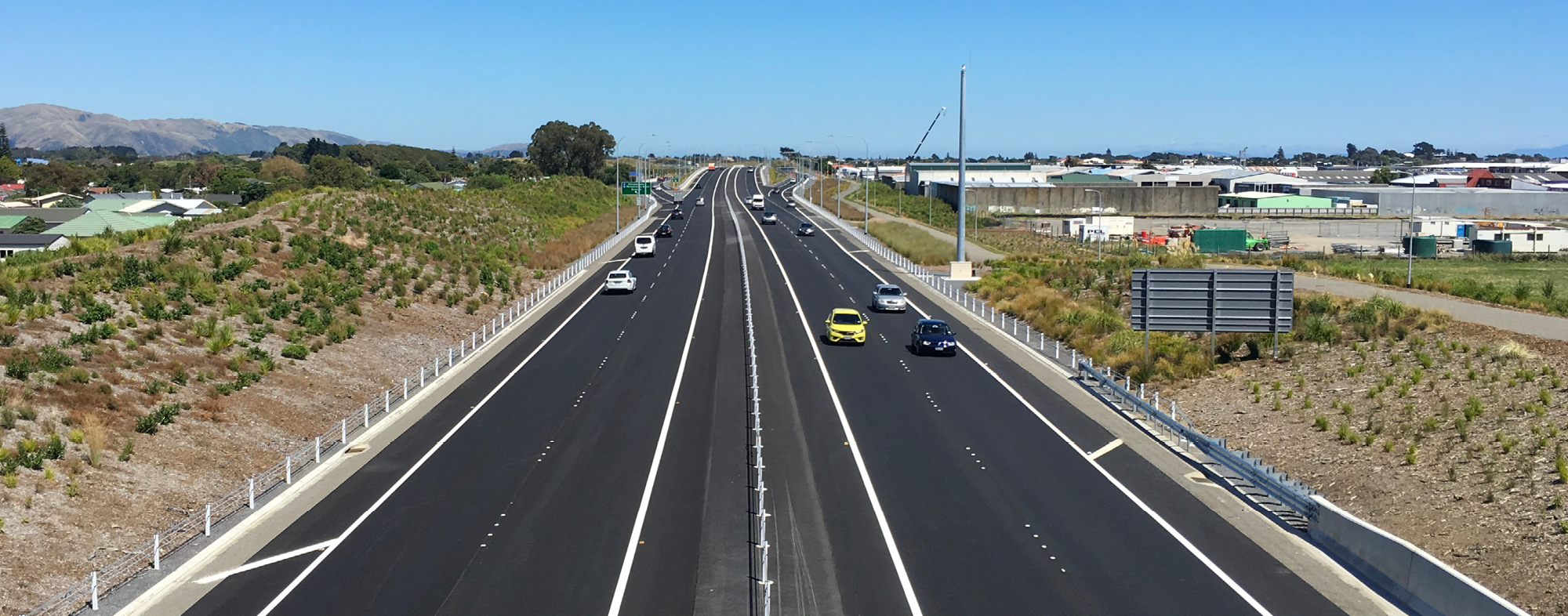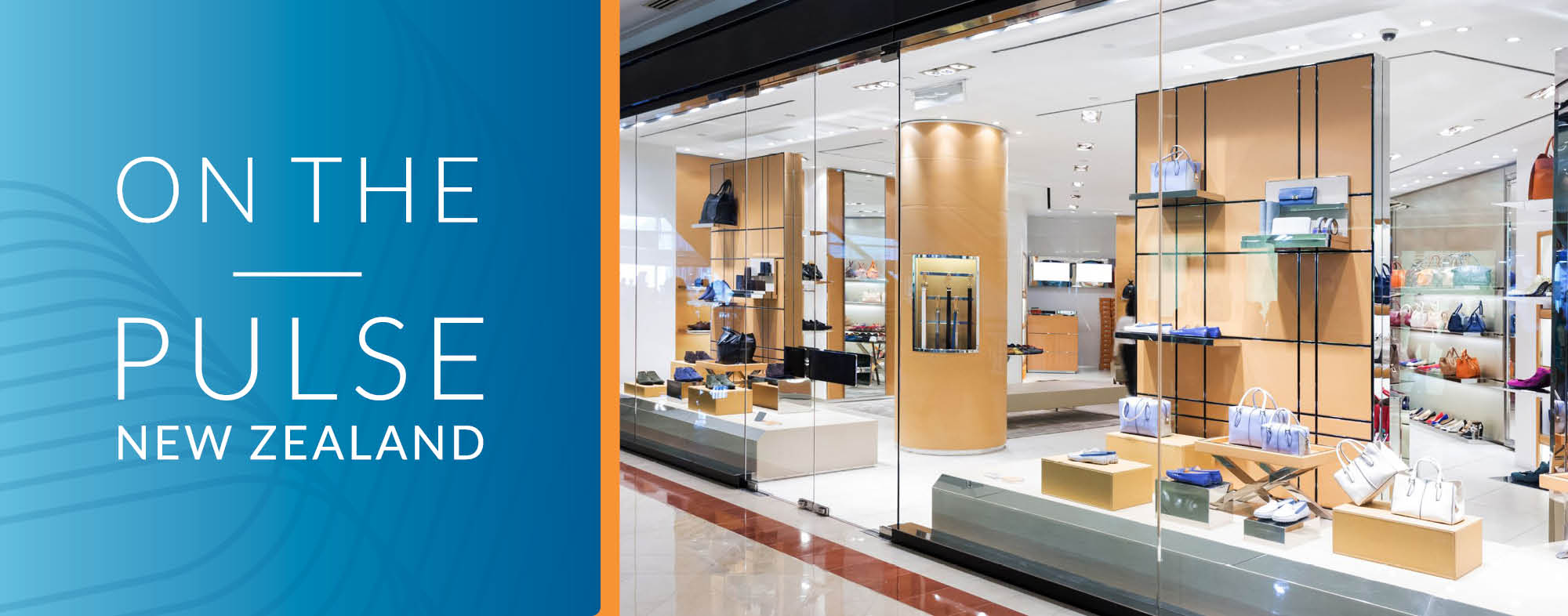Auckland’s commercial and industrial market - a mixed bag
Newsletter
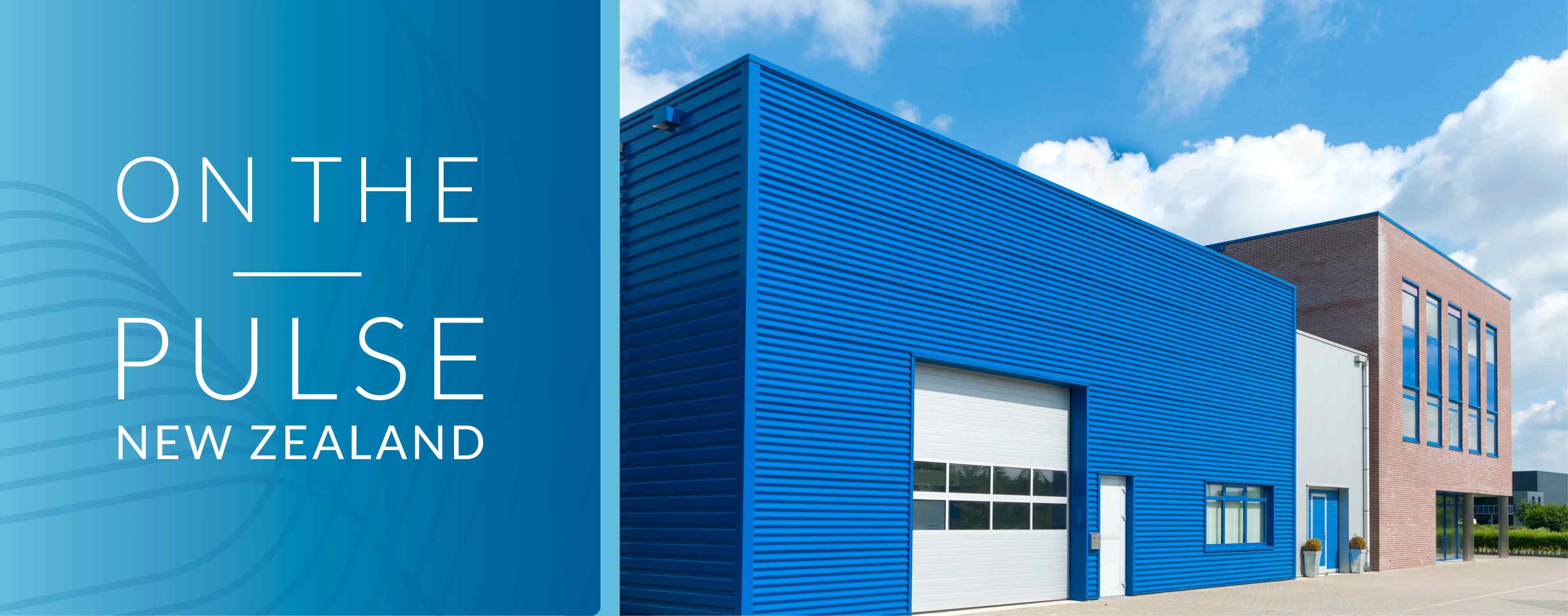
Michael Hall | Registered Valuer
Regional Director
Market overview
After an extended period of compressing yields over the past decade to the end of 2021, 2022 onwards has seen a reduction in demand, more caution in the marketplace and comparably fewer transactions than previous years. Interest rates have steadily risen since late 2021 with multiple official cash rate rises taking place. As a result, buyers have found it more difficult to obtain finance in the current tight credit environment. Since 2022, this has led to fewer players in the marketplace and a softening impact on yields for properties.
Similarly, commercial and industrial assets are also taking longer to sell when compared to the frenzied conditions of 2021. However, despite softer market conditions, it’s worth noting that the selling periods are in line with the historical trends we experienced before the pandemic.
Positively, we are now starting to see more activity from investors. Investors with access to funds are looking to take advantage of lower levels of competition and acquire quality property with good rental growth or redevelopment upsides across all commercial and industrial asset types. These investors are typically looking for buildings with a high level of specification, strong tenant covenant and lease security and specific rental growth mechanisms in the lease. The feedback we’ve heard from some investors is that they think quality properties are less likely to become available when market conditions improve. Others are ‘asset banking’ and see the current market as a good time to buy, given the prospect of the market improving in the future.
Industrial
The industrial sector has performed well compared to other sectors, with value changes being relatively minor. Rental growth has generally offset the rise in yields (value decline) seen during the past couple of years. Accordingly, yields achieved are generally lower than other sectors. For example, a benchmark industrial property recently sold in Rosedale on Auckland's North Shore at a yield of 5.12%, which is at a significantly lower level when compared to other sectors (6.0%-7.0%) and prevailing commercial interest rates.
Industrial rental growth has been driven by historically low vacancy levels combined with strong post-pandemic demand and changes in consumer behaviour. Demand for industrial assets has also been steady due to this stock shortage and because limited new land holdings are being opened up for industrial development around Auckland.
Although overall demand is now diminishing as the economy contracts, we have seen stronger demand from owner occupiers during the past few years because of historically low vacancy levels and upward pressure on rental levels, which can make ownership an affordable option compared to leasing. For example, a well-located 3,267sqm Rosedale industrial facility with a short-term lease in place sold in November 2022 for $12,230,000, and resold one year later on a vacant basis for $13,100,000 – representing a 7.1% value increase. Similarly, the 2023 resale of a 2,427sqm industrial site in Riverhead achieved value growth of 10.9% compared to its 2021 sale price.
Office
In the office market, Auckland’s A-grade space is performing well thanks to reasonable demand. This performance is driven by companies responding to the ‘new normal’ in supporting work from home practices. As leases end, many organisations are downsizing and moving into smaller, more upmarket spaces to entice staff back into the office a few days a week. While this trend often involves a cost-neutral exercise for the employer, it is proving costly to some secondary larger office premises where demand for this type of space has reduced.
There’s a similar trend being seen with office assets located in Auckland’s suburbs. Suburban A-grade office assets continue to be in demand but some larger, older spaces, and offices that landlords have neglected, are often hard to lease.
Yields for commercial properties have generally increased, for example, a 4-storey commercial property comprising ground-floor retail tenancies, two levels of office space and 100 parking spaces in a secondary metropolitan location sold in June 2024 for $19,600,000 – 20% less than it sold for two years earlier at $24,500,000. The property actually had a moderate rental increase in the interim and had similar lease terms for both transactions. The sale prices represented a change in yield from 5.7% to 7.44%.
Retail
While some high quality pockets have been less affected, broadly speaking the retail sector has suffered with rent reductions and soft market demand.
For example, a quality arcade retail development property in Takapuna sold in early 2024 for 23% less than it did in 2019, with no significant physical changes to the building during that time. In that case, the property was fully leased at the time of sale in 2024, but its yield had softened from 4.29% to approximately 6.0%.
Tenant quality is also affecting property values indirectly given the high levels of risk-averse investor sentiment. We are also noticing a trend of shortening lease terms due to the hesitancy of tenants to sign on to long lease terms due to their uncertainties regarding the economy and their perceived risk.
As a final observation, the dual post-pandemic trends of working from home and shopping online are translating into reduced foot traffic and an increase in vacancy in secondary areas of the CBD and suburban centres. Unsurprisingly, given the difficulty and often extended vacancy periods required to secure tenants, vacant or partly occupied buildings are often overlooked in the current market.
Looking ahead
In summary, most markets have been in a softening or static phase, with lower transactional activity and a reduction in values often evident. It is likely there will be a continued cautious approach adopted by the market in the short-term future.
The general outlook for 2024 from most commentators is somewhat mixed, although the latest inflation figures and drop in the OCR provide some ‘light at the end of the tunnel’. If inflation is now under control, the prospect of a material reduction in interest rates in the latter half of 2024 and into 2025 is now plausible.
While we continue to emerge from a soft market, these factors – particularly when combined with the clear signs of recovery already seen in some market pockets – bode well for Auckland’s commercial and industrial market.
 Michael Hall
Michael Hall
Regional Director
michael.hall@opteonsolutions.com
09 486 1661

Subscribe to receive the latest property insights here:
